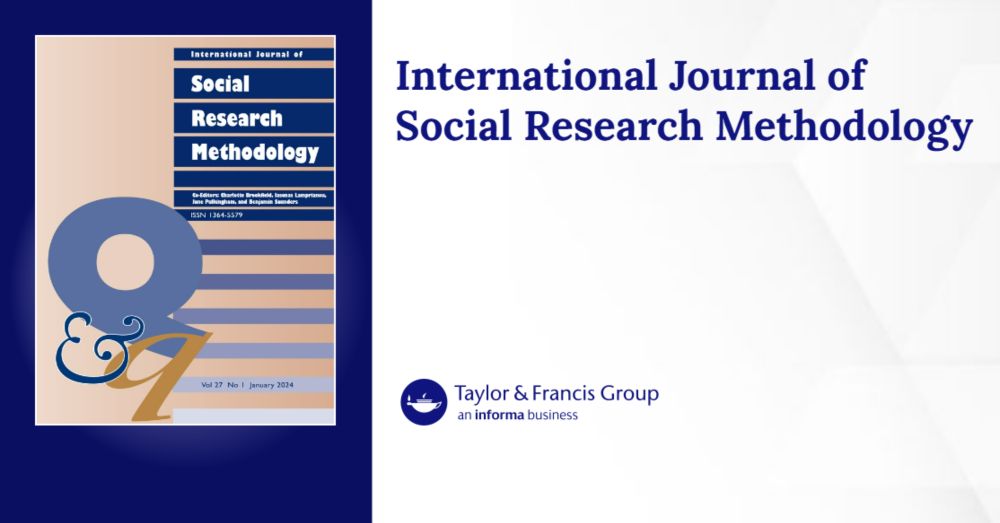
Tile chart showing 36 barriers to practicing open science, grouped by barrier type and by open science practice. The five barrier categories, based on National Academies of Sciences, Engineering, and Medicine (2018), are: costs and infrastructure (3 barriers); structure of scholarly communications (8); lack of supportive culture, incentives, and training (15); privacy, security, and proprietary barriers to sharing (8); and (intra)disciplinary differences (2). Barriers are also grouped by nine open science practices: publishing open access (4 barriers), publishing preprints (5), sharing open code (4), sharing open data (6), sharing open materials (2), conducting open peer review (4), using open source software (4), pre-registering research (3), and disclosing contribution roles (4).
Researchers often perceive 'barriers' to practicing #OpenScience, whether it’s publishing open access, sharing data, or pre-registering studies.
Last week at @esc-eurocrim.bsky.social, I presented our work at NSCR identifying 36 such distinct barriers.
Do you recognize them in your own work?
13.09.2025 15:11 — 👍 7 🔁 5 💬 1 📌 0
<em>AMPPS</em> Call for Papers on Replicability and Reproducibility in Methodological Research
Methodological reform has shaped the last decade of psychological research. Researchers have undertaken replication studies, journals and funders have emphasized registration and data sharing, and aut...
Call for Papers: Advances in Methods and Practices in Psychological Science is calling for proposals for manuscripts that discuss, demonstrate, and work to enhance replicability and reproducibility of methods research in psychology.
Proposals are due by September 15!
12.09.2025 18:59 — 👍 5 🔁 9 💬 0 📌 0

A do-or-die moment for the scientific enterprise
Reflecting on our paper “The entities enabling scientific fraud at scale are large, resilient, and growing rapidly”
Today, our article "The entities enabling scientific fraud at scale are large, resilient, and growing rapidly" is finally published in PNAS. I hope that it proves to be a wake-up-call for the whole scientific community.
reeserichardson.blog/2025/08/04/a...
04.08.2025 20:46 — 👍 325 🔁 195 💬 9 📌 42
LinkedIn
This link will take you to a page that’s not on LinkedIn
The Love Consortium Statistics Decision Tree launched today! Think of it like a choose-your-own adventure guide to help you identify the best analyses for your specific dataset and research question.
theloveconsortium.org/so/9fPWyVE6Z...
#DataScience #Statistics
24.07.2025 15:01 — 👍 11 🔁 8 💬 0 📌 0
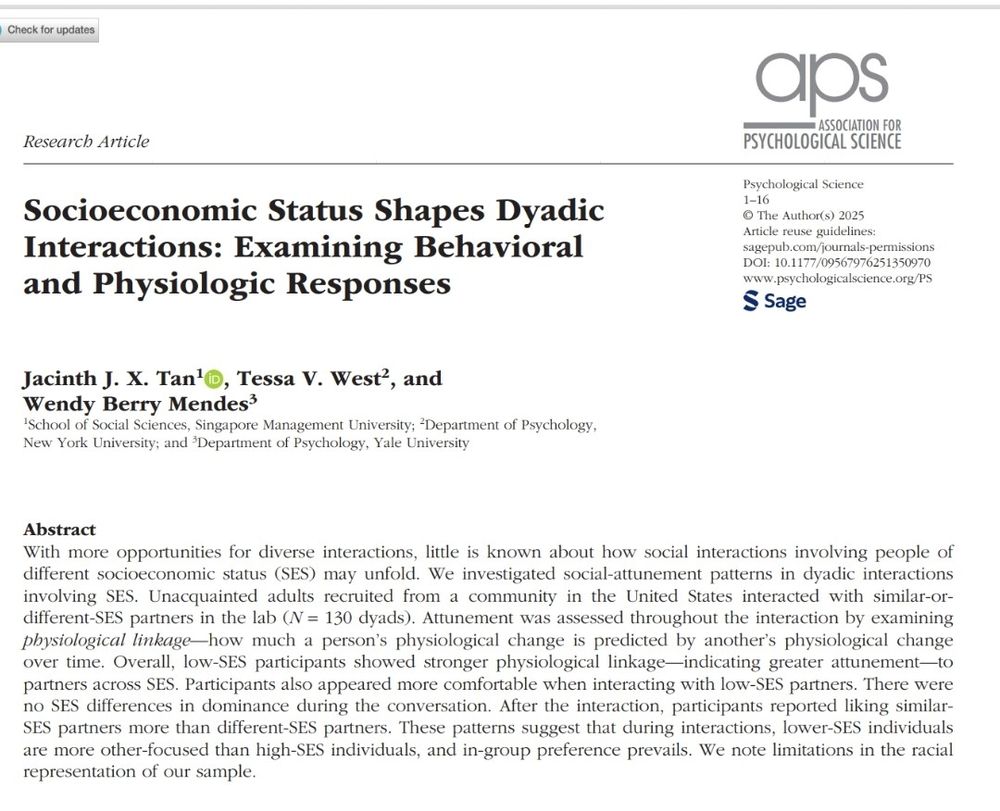
With more opportunities for diverse interactions, little is known about how social interactions involving people of different socioeconomic status (SES) may unfold. We investigated social-attunement patterns in dyadic interactions involving SES. Unacquainted adults recruited from a community in the United States interacted with similar-or-different-SES partners in the lab ( N = 130 dyads). Attunement was assessed throughout the interaction by examining physiological linkage —how much a person’s physiological change is predicted by another’s physiological change over time. Overall, low-SES participants showed stronger physiological linkage—indicating greater attunement—to partners across SES. Participants also appeared more comfortable when interacting with low-SES partners. There were no SES differences in dominance during the conversation. After the interaction, participants reported liking similar-SES partners more than different-SES partners. These patterns suggest that during interactions, lower-SES individuals are more other-focused than high-SES individuals, and in-group preference prevails. We note limitations in the racial representation of our sample.
Socioeconomic Status in Social Interactions
"Low-SES individuals exhibited greater attun�ement to others and elicited greater comfort in others than high-SES individuals, but impressions were formed in line with homophily effects."
doi.org/10.1177/0956...
#SocialPsyc #Sociology
20.07.2025 12:14 — 👍 55 🔁 15 💬 1 📌 1
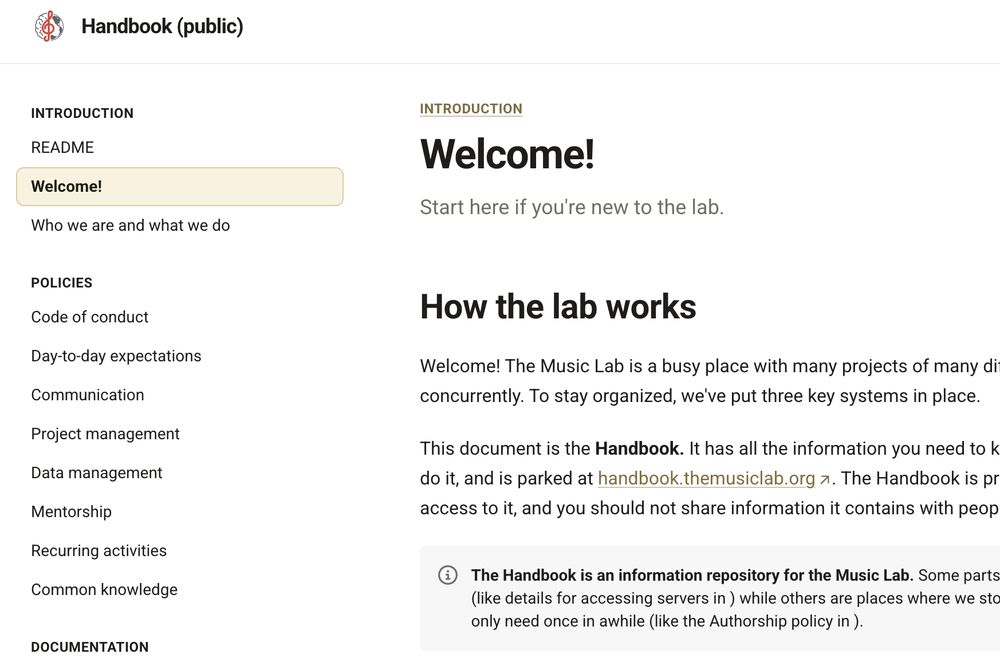
screenshot of our public handbook
every year my lab does a re-read + edit of our Handbook, a documentation resource for how we do science
this year we also updated our Public Handbook, an open-access version for folks wanting to improve their own docs
it's at handbook-public.themusiclab.org and available for noncommercial re-use
23.06.2025 01:33 — 👍 131 🔁 27 💬 4 📌 1
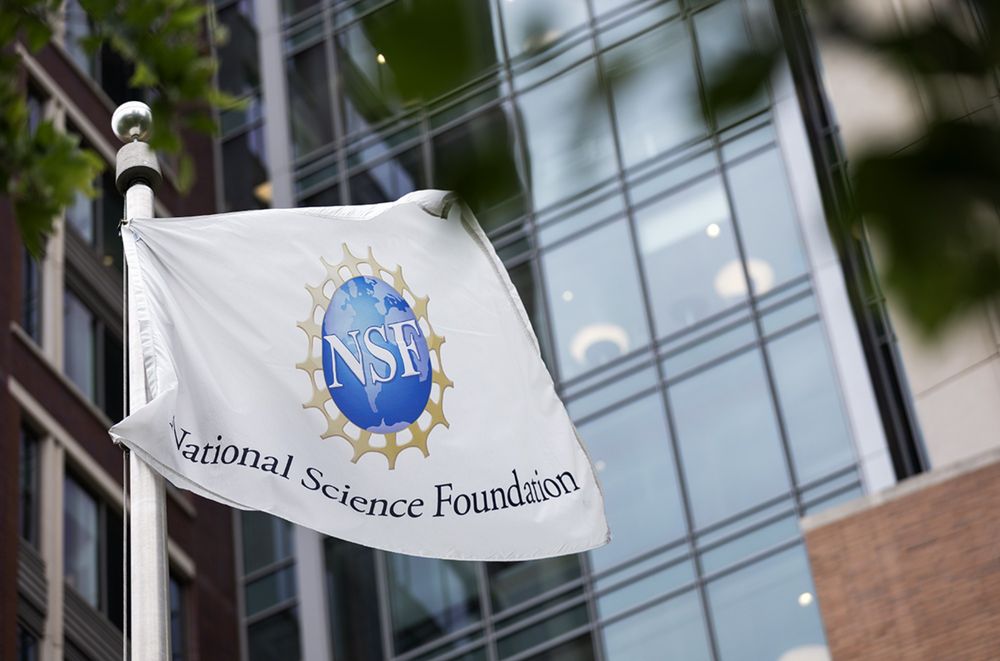
Trump officials take steps toward a radically different NSF
Efforts to shrink staff, budget, and focus have alarmed members of Congress
NSF grant terminations are disproportionately affecting underrepresented scientists. 58% of canceled grants have women PIs, despite making up only 34% of awards. 17% of canceled grants have Black PIs (versus 4% of the pool). Hispanic and disabled PIs are twice as likely to have NSF grants canceled.
14.05.2025 15:31 — 👍 160 🔁 98 💬 1 📌 2
Don’t BE the documentation
13.05.2025 23:19 — 👍 40 🔁 9 💬 0 📌 0
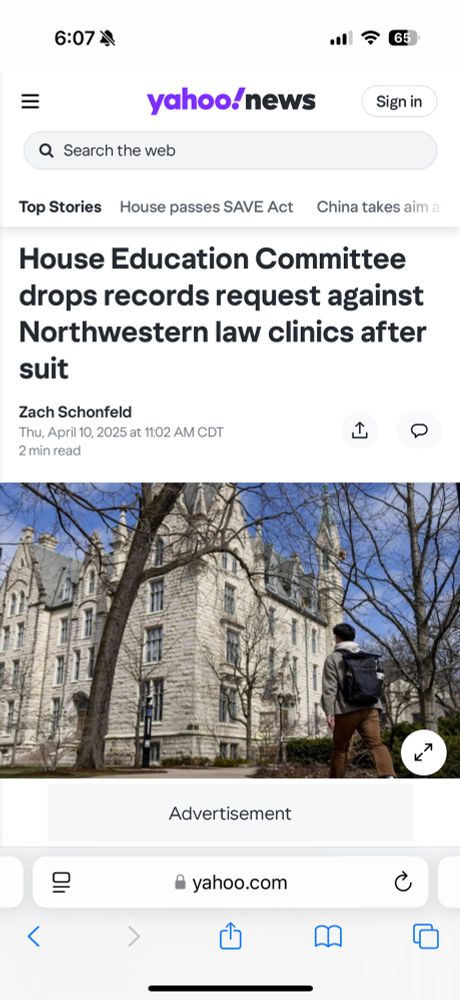
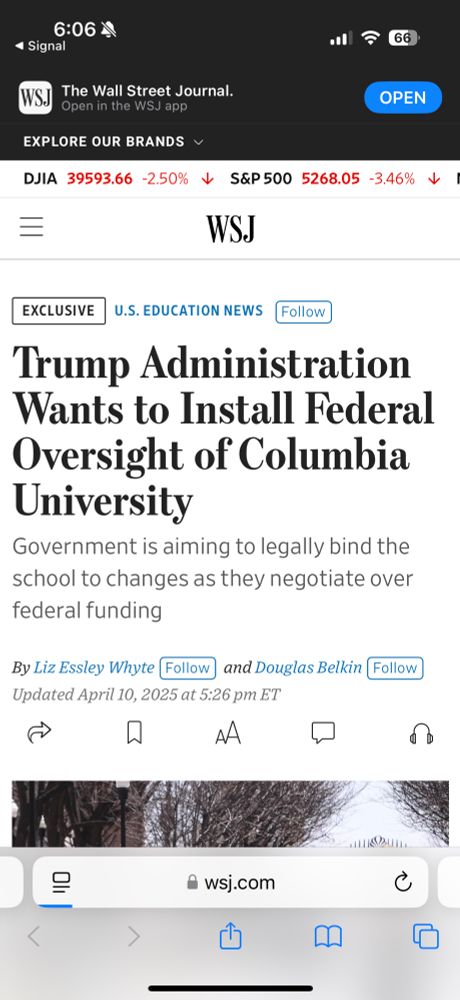
COMPARE: the results of fighting back to the results of not fighting back
10.04.2025 23:11 — 👍 10512 🔁 3388 💬 160 📌 185
Excellent post, my close colLEAGUE
03.03.2025 18:31 — 👍 1 🔁 0 💬 0 📌 0
Massive team work in replicating papers and cross checking samples and treatments across multiple papers — what a massive undertaking!
This is evidence that journals *must* require data and code sharing.
I’m wondering if anything in the peer review process could have prevented this
24.02.2025 19:37 — 👍 15 🔁 5 💬 1 📌 0
Gotta catch ‘em all
22.02.2025 21:16 — 👍 1 🔁 0 💬 0 📌 0
going to SPSP this week
17.02.2025 04:16 — 👍 13 🔁 2 💬 1 📌 0

I find it hilarious that the Interpersonal Relations and Group Processes section of JPSP--ostensibly a "premier outlet"--cannot fill its page allocation. The rest of the editorial is all about how every paper must meet a high bar for "theoretical innovation." Good times. doi.org/10.1037/pspi...
14.02.2025 15:11 — 👍 46 🔁 7 💬 5 📌 3
Investigating fraud and errors in health research is obviously laudable. But we need to maintain high methodological standards. That means scrutinising each others’ work, and calling each other out when we err. There are so many errors in error detection. A few recurring errors:
07.02.2025 16:05 — 👍 76 🔁 29 💬 7 📌 6
OSF
In a new paper, my colleagues and I argue that it's time for relationship science to have its own credibility revolution.
osf.io/preprints/os...
Coauthored with @davekhera.bsky.social and @pauleastwick.bsky.social
05.02.2025 15:54 — 👍 20 🔁 7 💬 0 📌 1
no funding if it seems like the research MIGHT involve a woman or a nonwhite person
04.02.2025 02:34 — 👍 21068 🔁 6140 💬 600 📌 209
Asking PIs about their stats is like
15.01.2025 22:22 — 👍 28 🔁 5 💬 2 📌 0
Idk why people freak out about the tik tok ban when you can just post videos using R.
15.01.2025 23:27 — 👍 80 🔁 5 💬 0 📌 0

The brand new `legendry` package by @teunbrand.bsky.social takes ggplots2 guides to the next level 🤩
teunbrand.github.io/teunbrand_bl...
22.11.2024 03:44 — 👍 235 🔁 55 💬 17 📌 8
A newly-minted PhD studying metascience and computational biology.
My blog: https://reeserichardson.blog
Abolitionist, Big Nerd, Canada Research Chair in Social Psychophysiology, Spouse and Mother of Interesting Humans, Good Vibes Fairy Godmother, she/her
An open-science collaborative learning platform to help you apply statistics and R programming to Psychology! #rstats
🌎Website: https://sites.google.com/view/psych-rstats-club/
postdoc @ UCSD cogsci, aspiring SLAC/teaching-track professor | interested in visual working memory and sensory recruitment | bookworm and runner while off the job. she/her https://www.jannawoldwennberg.com/
johnflournoy.science
Research Scientist, statistical and psychometric methods focus
Also really into technical research infrastructure and tools. Feel free to reach out!
PhD. Pysch, Neuro, Stats, Methods, Phil of Sci.
EdinbR is the Edinburgh usergroup for the R programming language.
You can view our talks (from Sep 2020) on YouTube! Please subscribe to the channel to receive […]
[bridged from https://fosstodon.org/@EdinbR on the fediverse by https://fed.brid.gy/ ]
Assistant Professor at Yale | Capturing & modeling the complex dynamics of psychopathology
ccslab.yale.edu
Scientist, mentor, activist, explorer.
PhD student in Social Psych @UofT | I study relationships and culture
Developmental psychologist, researcher, 🌎-lover | Assistant Professor, Pomona College | Author of BEYOND DIFFICULT with Rachel Samson
Social psychologist & qualitative researcher. PhD candidate at NTU researching love and resiliency in romantic relationships. She/her
Ph.D. in Interpersonal Communication, researching conflict in romantic relationships
Lead UX Researcher, Labs at Hinge
#commsky #altac #ux #product
www.rachelvanderbilt.com
PhD student in Psychology at University of Edinburgh • Human-Animal Interactions • Clinical Therapist • She/her • Views my own
Mobilizing the fight for science and democracy, because Science is for everyone 🧪🌎
The hub for science activism!
Learn more ⬇️
http://linktr.ee/standupforscience
Assistant Professor at The University of British Columbia studying how stress affects couples' relationships and health. Retired swimmer. Proud cat mom to Peach & Mango. She/her
mshrout.wixsite.com/research
Graduate student at SFU. Singlehood, relationships, and gender researcher. she/her
🇮🇳+🇳🇿living in 🇨🇦 | she/her
Associate Professor at SFU. Researching Romantic Relationships and Singlehood - The Good, The Bad, The Complex!
📰: https://www.instagram.com/securelab.sfu
🎙️: https://tinyurl.com/merlotwbeau


